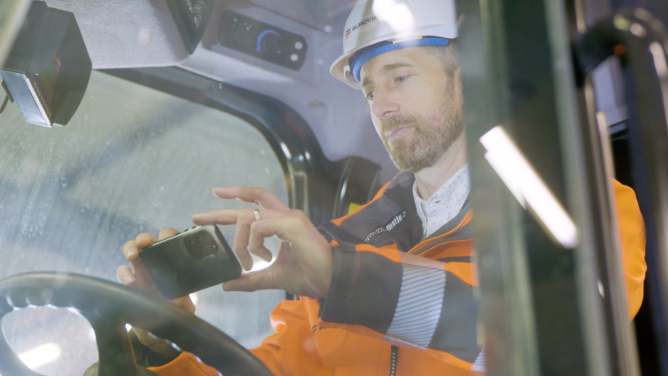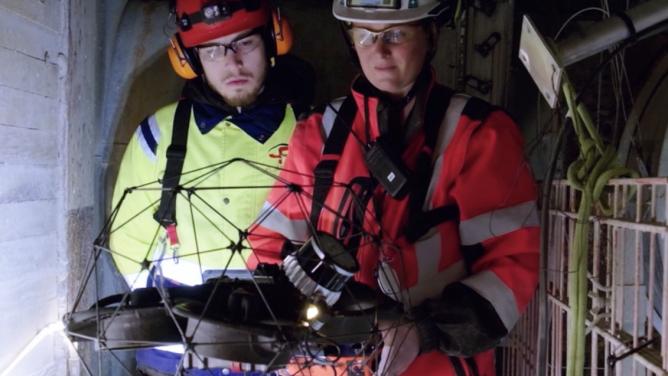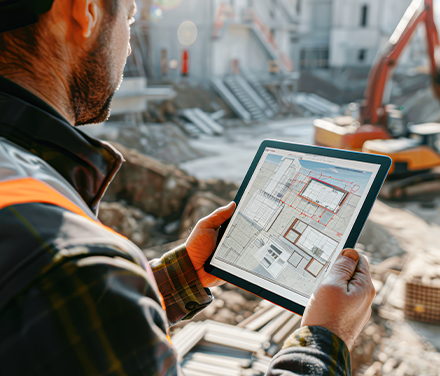
Over the past 10 years, the number of accidents in the construction industry has been in steady decline, with Bureau Veritas announcing a 20% fall over the period. And with the arrival of connected devices on worksites, this improvement looks like it should continue. At CES in Las Vegas, PPE (Personal Protective Equipment) turned out en masse. Be they connected, location tracking, or decked out with sensors, they take advantage of tech that’s already proved its mettle in both the sport and health industries.
When it comes to construction site connectivity, the true star of the show remains the hard hat. While manufacturers’ tech may differ, their aim stays the same: protect workers by enhancing the conventional hard hat with new functions. One solution from America is GuardHat. It provides remote guidance; warns you when you’re near moving equipment or if an area is dangerous; it can detect in real time whether an environment is toxic; and even monitors your physical conditions in a quantified self style.
Of course, this panoply of functions isn’t just limited to hard hats. Harnesses, jackets and shoes are all part of the larger wearables family too. In any case, that’s the underlying belief behind Safety++, a project from MIT Design Lab and the energy provider ENI. The way the different connected devices network together is what makes the package so effective and unique. When the jacket (Jacket++) detects high levels of carbon monoxide, a warning message is sent to all workers concerned via a connected vest (Undershirt++), with vibration motors communicating with the wearer. In the same vein, the shoes (Shoes++) can call a colleague for help when they detect that the wearer is carrying an overweight load. Other companies are working to develop an Internet of things that’s less invasive than connected clothes. This is the case for Numii, a young French business that came to life in the Aquitaine region. They’ve created a device that measures the stresses of arduous work. By collecting data on a workforce’s efforts, particularly in sectors of a strenuous nature like the construction industry, Numii gives both employers and scientists the keys to understanding the cause of accidents.
Beyond hardware, software platforms that use and process safety data better are emerging. XP Digit are a young company dedicated to geolocation, and who have developed Kypsafe, a product specifically for smart signage and markings. The device sends a visual or vibration alert to anyone who enters a dangerous zone. Meanwhile, Wearesafe are striving to become the leader in personal safety solutions. The white logoed platform with a slick design enables you to receive alerts and communicate with others equipped with a compatible connected device. The tech goes well beyond the problems faced by those who work in remote areas, and promises to help the elderly, extreme sport enthusiasts or even those in dangerous zones.


